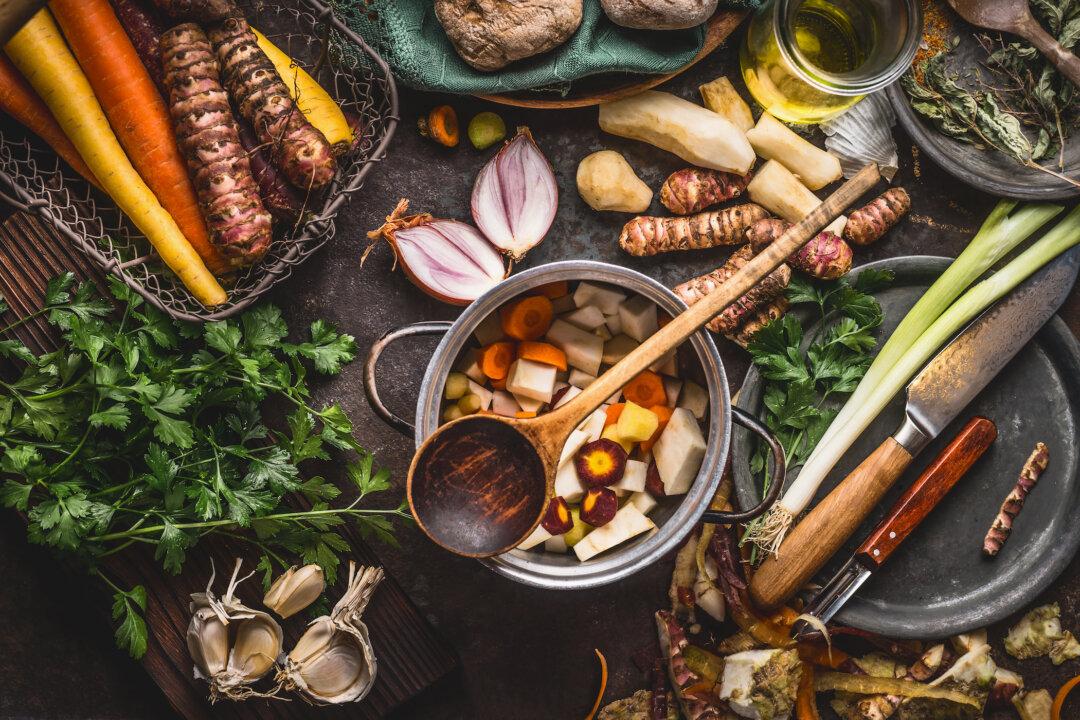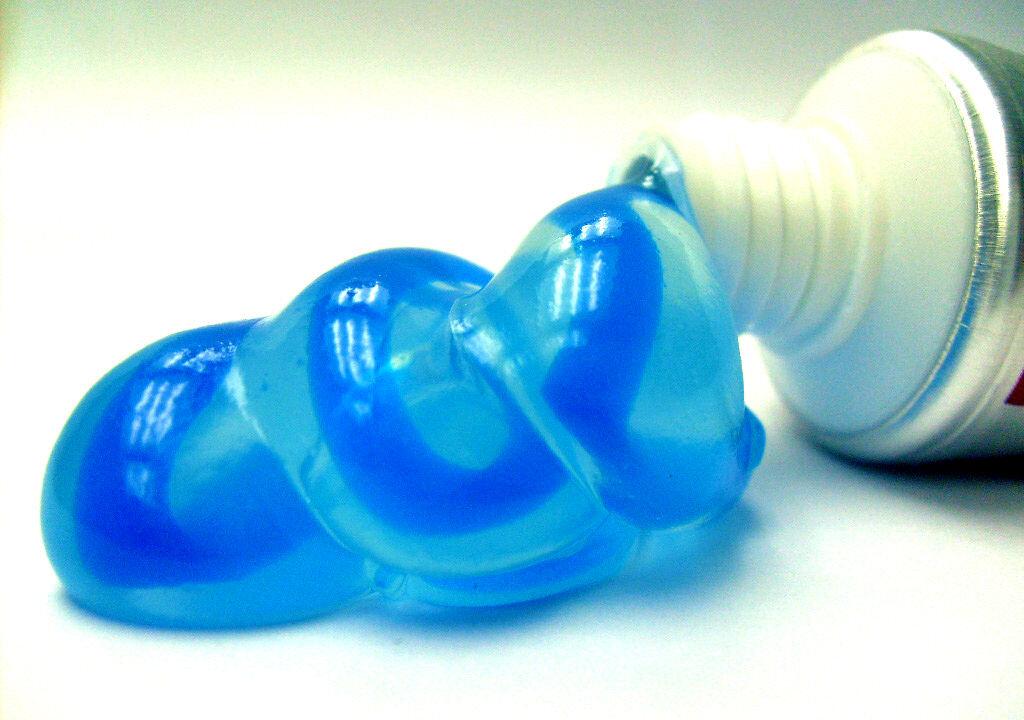Migraines are a neurological syndrome that affects nearly 12% of the population regularly. Migraines are 3 times more common in women than men. One in four households in America has a member with migraine. Even children can get them. In most cases, the migraine headache affects one side of the head with pulsating pain that lasts anywhere from a few hours to a few days. Migraines are often so debilitating the sufferer is bedridden with nausea, vomiting, and extreme sensitivity to light and sound. Drugs that reduce the severity or eliminate migraines have serious potential side effects. Some natural remedies for migraines have a better success rate, without the health risks. As with any other health issue, when someone suffers from a migraine the body is saying that something is wrong. Anyone who regularly suffers from migraines is not healthy.
Causes or Triggers of Migraines
Fluorescent light bulbs, coffee, dehydration, sugar, smoking, MSG, prescription drugs including blood pressure medication and oral contraceptives, lack of sunlight (vitamin D), molds, artificial food additives (preservatives and colorings), mineral imbalances, food allergies, vitamin B deficiencies, and alcohol abuse can all trigger migraines. Typically, migraines are caused by multiple “triggers” and obviously, every one of these should be addressed to eliminate migraines (or to live a healthier lifestyle). Foods high in tyramine such as aged cheeses, nuts, soy, chocolate, processed meats, wheat, and many processed foods can trigger migraines as well. Hypoglycemia may also cause migraines. There are many natural migraine remedies including herbs, supplements, acupuncture, acupressure, reflexology to name a few.Aromatherapy – Essential oils for Migraines
Peppermint, sandalwood, basil, lavender, eucalyptus, and rosemary essential oils can be used to treat migraines. Lavender and peppermint are the most highly recommended. One way to treat a migraine is to put 5 to 10 drops of lavender or peppermint essential oil in a cup of warm water, soak a wash cloth in the water, wring it out, and apply it to the head or the back of the neck. Another method is to dilute a few drops of lavender or peppermint oil into a carrier oil (almond oil is a good choice) and massage it into the head at the back of the neck, the temples, and the forehead.Deep Breathing and Relaxation
It makes sense to accompany all of the natural migraine remedies with deep breathing and relaxation techniques. Learning how to breathe is an important and all too uncommon skill that should be acquired by everyone. Infants breathe right, but for some reason (perhaps stress), adults breathe in a very shallow manner. Learning how to breathe properly is a bit strange at first, but will quickly become second nature, as it should be. To learn how to breathe correctly, see our How to Breathe article in this issue.Herbal Remedies for Migraines – Feverfew and Ginger
Feverfew is an herb that is used to naturally treat migraines. Feverfew is effective at preventing migraines, not stopping them once they have started. Eat three to four leaves every day. The herb is bitter but mixing it with food is fine. Parthenolide, the plant’s active ingredient, inhibits the chemicals in the brain that cause the blood vessels to dilate.Ginger is nothing short of miraculous when it comes to stopping a migraine in its tracks. Take ginger (fresh juice is best) at the first sign of an impending attack (during an aura or if you don’t get auras, at the sign of pain).





